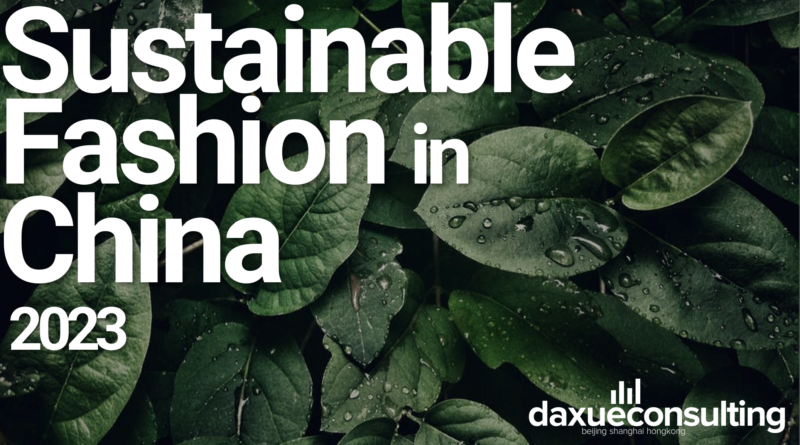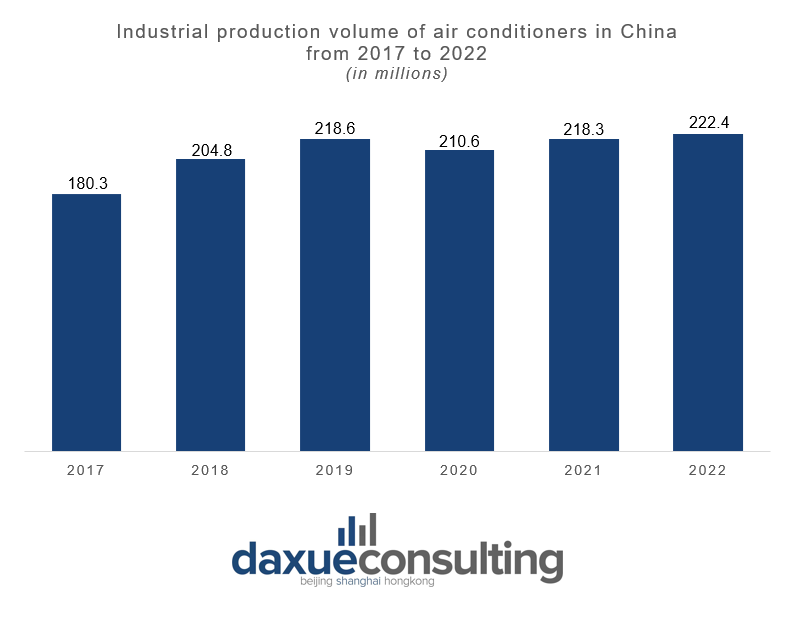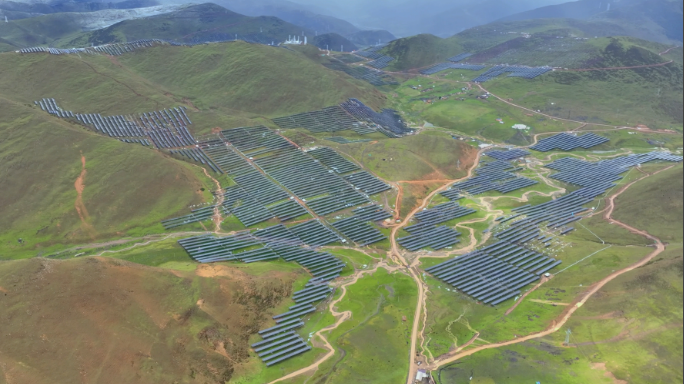Many nations bordering the Pacific Ocean are significantly impacted by the phenomenon known as “El Niño:” a warm current which leads to high temperatures in many parts of the world, especially America and Asia, disrupting the natural balance of the environment and increasing the risk of floods and other natural disasters. China, too, is now grappling with the impacts of climate change, compounding these challenges.
El Niño normally appears in a range between two and seven years; however, the climate change has enhanced the warming of the Pacific Ocean, accelerating the formation of this current. In July 2023, the China Meteorological Administration revealed that El Niño’s effects in China would intensify throughout the latter half of the year, significantly increasing the threat of environmental catastrophes and elevated temperatures. Furthermore, the World Meteorological Organization, a UN agency focused on climate, has cautioned governments worldwide to brace for potential ecosystem disruptions and health impacts stemming from El Niño.
Read our report on the future of sustainable fashion in China

Extreme heatwaves and heavy rains are damaging the Chinese crop market
In the last few years, China is experiencing very high temperatures mostly concentrated in the southeast part of the country. In June 2023, a giant heatwave struck several regions in China, especially the Yunnan province, with peaks of more than 40 degrees. Many areas experienced their highest recorded temperatures since 1961, the year China began its meteorological observations. The sudden heatwave brought severe damages to the ecosystem, destroying crop fields and droughting lakes as well as causing an estimated loss of approximately 2.73 billion RMB (400 million USD).
The raise in extreme weather is causing lots of problems in China’s agricultural system. The effects of climate change are particularly worrying in the Henan province, China’s biggest wheat producer, accounting for more than 137 million tons every year. It is also estimated that almost 20 million tons will be struck by the rain and sprout by the end of 2023, making this amount inedible. According to Zhou Bing, the Chief of the CMA’s climate service, the environmental crisis has also hit the rice production, generating a 1/12 decrease out of all the total amount of rice produced in China.

With agricultural damages also comes the food crisis
The impact of El Niño on China had raised concerns about a potential food crisis, which was expected to hit the country between June and August 2023. However, this catastrophe was averted. In July 2023, China’s Department of Emergency Management issued warnings to major grain-producing provinces like Yunnan and Henan, indicating a risk of severe droughts and heavy rains. As predicted, at the beginning of August 2023, Beijing experienced its heaviest rainfall in 140 years, in which 744 millimetres of rain falling in roughly 4 days. The resulting damages were substantial, with the government estimating an economic loss of around 15.9 billion RMB (2.2 billion USD).
With the energy consumption at its historical peak, the A/C market is booming
The climate emergency and the recent heatwave enhanced by El Niño in China boosted the electricity usage in the country, especially air conditioning consumption, causing frequent blackouts across the country. According to the China Electricity Council (CEC), in the most positive case, the electricity load at the end of 2023 will likely reach 1.37 billion Kilowatts, with an increase of 80 million Kilowatts since 2022. The electricity consumption will also be higher, increasing by 6% since the previous year.

The air conditioning market boom signals the extreme weather China is facing, which was already boasting a yearly-increasing production of 222 million devices in 2022, and during 2023 it became stronger. As evidence of the booming air conditioning sales in southern China, the Hisense Group, specialized in selling household appliances, recorded a remarkable 50% increase in air conditioning sales compared to 2022.
China’s shift to non-fossil fuels and renewable energy
To counter the effects of El Niño in China and to match the need of electricity for air conditioning, the country is boosting non-fossil fuels production, which in June 2023 surpassed 50% of the total Chinese electricity generation capacity. Furthermore, to follow the objective of being less coal-dependent, China is also investing in huge projects concerning renewable energy such as the Kela power station.

The rise of green consumerism
Increasing environmental awareness, particularly among younger Chinese consumers, has led to a greater recognition of the ecological harm triggered by climate change. This concern is driving the adoption of sustainable practices like waste sorting and recycling. However, embracing eco-friendly choices like secondhand clothing remains limited, partly due to perceptions that they signal a lower social status rather than a greener approach.
On the flip side, the F&B and beauty sectors witness a willingness to invest more in sustainable products, fueling a more environmentally conscious form of consumerism. Despite this “green revolution,” dietary habits remain largely unaffected. There is little awareness on the impact of the beef and pork industry on the environment and therefore little interest among consumers in reducing meat consumption for the sake of environmental protection.
Chinese insurance companies are now releasing climate change coverage products
Climate change coverage is a relatively novel focus that’s poised to reshape the Chinese insurance market. More companies are recognizing the significance of this issue, particularly given the heightened frequency and intensity of these catastrophic events. As of 2022, few companies were equipped to offer clients insurance coverage for natural disasters such as floods and typhoons.
This problem is being severely underestimated: after a flood in 2022 which caused 5 billion USD of damages in Guanxi, Shandong and Fujian regions, only 6% of the total losses were covered and refunded by an insurance. Despite having an average of 21 typhoons per year, causing severe damages to agriculture and infrastructures, China is just beginning to implement a program of subsidies and other forms of insurance to mitigate the impact of these disasters. This forward-looking approach acknowledges the potential escalation of such events due to climate change. Consequently, the insurance sector stands to gain from addressing and adapting to these evolving risks.
China is trying its best to counter the impact of El Niño in the country
- El Niño is a strong warm current which regularly strikes the countries touched by the Pacific Ocean, China in particular.
- Heatwaves and heavy rains thorough the 2023 summer have been severely damaging crops and rice farms.
- China’s Department of Emergency Management has warned many regions of China to be prepared for an incoming food crisis triggered by these natural disasters.
- Not everyone is complaining about the heatwave caused by El Niño in China. The A/C market is booming, with Hisense Group recording a 50% rise in sales.
- The government is taking serious action to counter the effects of the climate change in China by employing renewable energy and non-fossil fuel production to match the needs of electricity.
- Chinese consumer preferences are changing as the climate change is becoming a serious problem.
- Consumers tend to be more willing to spend more money in eco-friendly products in the F&B and beauty market. However, green consumerism hasn’t influenced the Chinese meat market yet.
Author: Lorenzo Linguerri





